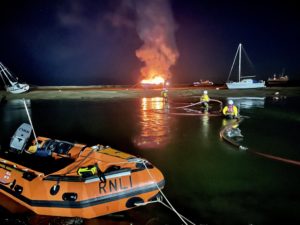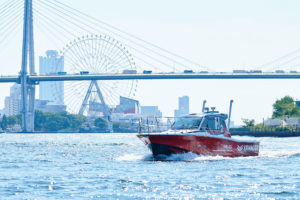Sub expedition to the Titanic opens for applicants
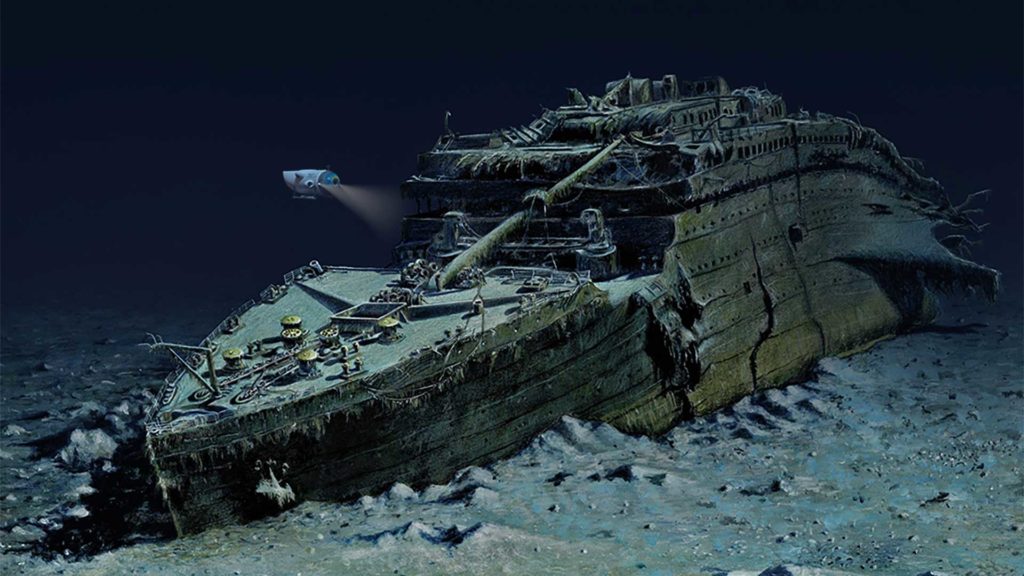
Following a successful six-week expedition in 2021, applications are now open for a select few ‘citizen explorers’ to join submarine expeditions to survey the historic wreck of the Titanic.
The next expedition to the wreckage of the Titanic will begin in summer 2022. Given the massive scale of the wreck and the debris field, the missions will continue over the next several years to document the wreckage fully.
The expeditions are led by OceanGate Expeditions and applications are open to everyone but the once-in-a-lifetime experience comes with a hefty price tag of $250,000 for those people selected to join the teams of scientists on the missions.
OceanGate Expeditions has just completed its first exploration; six weeks of dives, taking photos and videos of the ship that famously sunk over 100 years ago. A team of experts, researchers and citizen scientists boarded Titan, the world’s only five-person, 4,000-meter submersible and spent time examining the sunken vessel. The team returned to St. John’s Newfoundland with images and videos that show parts of the wreck that may never have been captured before.
Selected expedition volunteers will actively support the team to collect images, video, laser scans, and sonar data to provide an objective baseline of the current condition of the wreck. This baseline will be used to assess the rate of decay over time and help to document and preserve the historic maritime site.
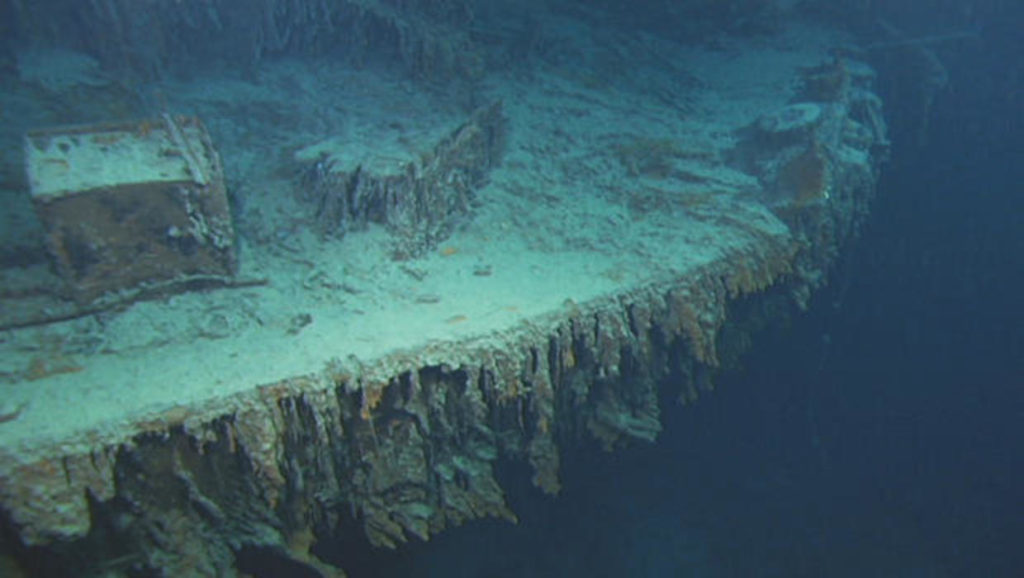
The ship is steadily disintegrating due to bacteria and deep sea currents, and as a result, the Titanic may not last another hundred years, with many predicting that it may only be around for a few more decades.
Due to the success of the mission, the company plans annual expeditions to the Titanic and additional expeditions to a variety of sites such as hydrothermal vents, unique biological ecosystems, and shipwrecks from every era of history.
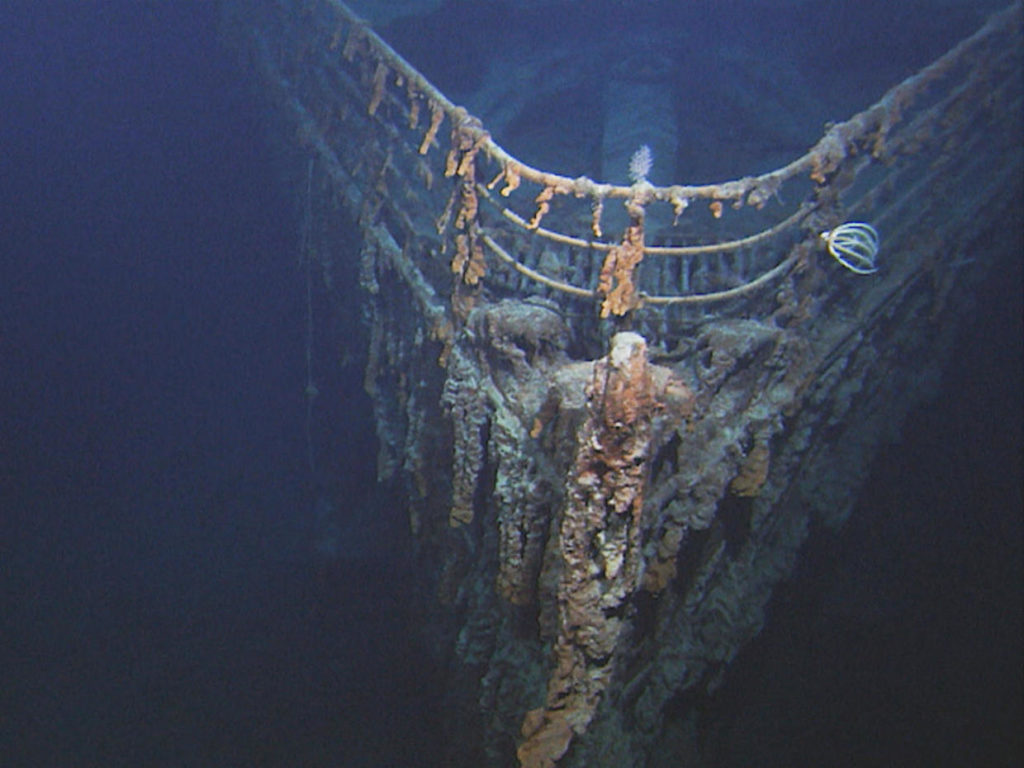
Aboard the surface supply ship, team members will help with navigation, maintenance, and catalogue once-in-a-lifetime historical finds. Aboard the submersible, they will descend to the ocean floor and soar over the wreck, skimming the ship’s deck as cameras and lasers create a detailed 3D model.
“It took six years to develop, and stress test the world’s most advanced five-person submersible, Titan. We are proud to have engineered and deployed the first successful use of sensor-instrumented carbon fiber in a deep diving human-occupied submersible,” says Stockton Rush, OceanGate co-founder and submersible pilot.
Dr. Bridget Buxton, chief archaeologist for the expedition, says: “We have gathered thousands of new photographs and videos of considerable value that can be shared with other researchers. We have also drafted an ArcGIS map of the site on which we have overlaid the dive profiles. We will continue to add layers of data and imagery to this map each time Titan dives.”
After her recent dive, Dr. Meenakshi Wadhwa, director and professor at the School of Earth and Space Exploration at Arizona State University says, “My work is focused on planetary exploration, but I think there is so much about our own home planet that we don’t yet understand and haven’t explored very much. We talk about space being a final frontier, a place we need to learn a lot more about. The ocean is another final frontier. It plays a huge role in sustaining our planet, so we’d better learn a lot more about it.”


